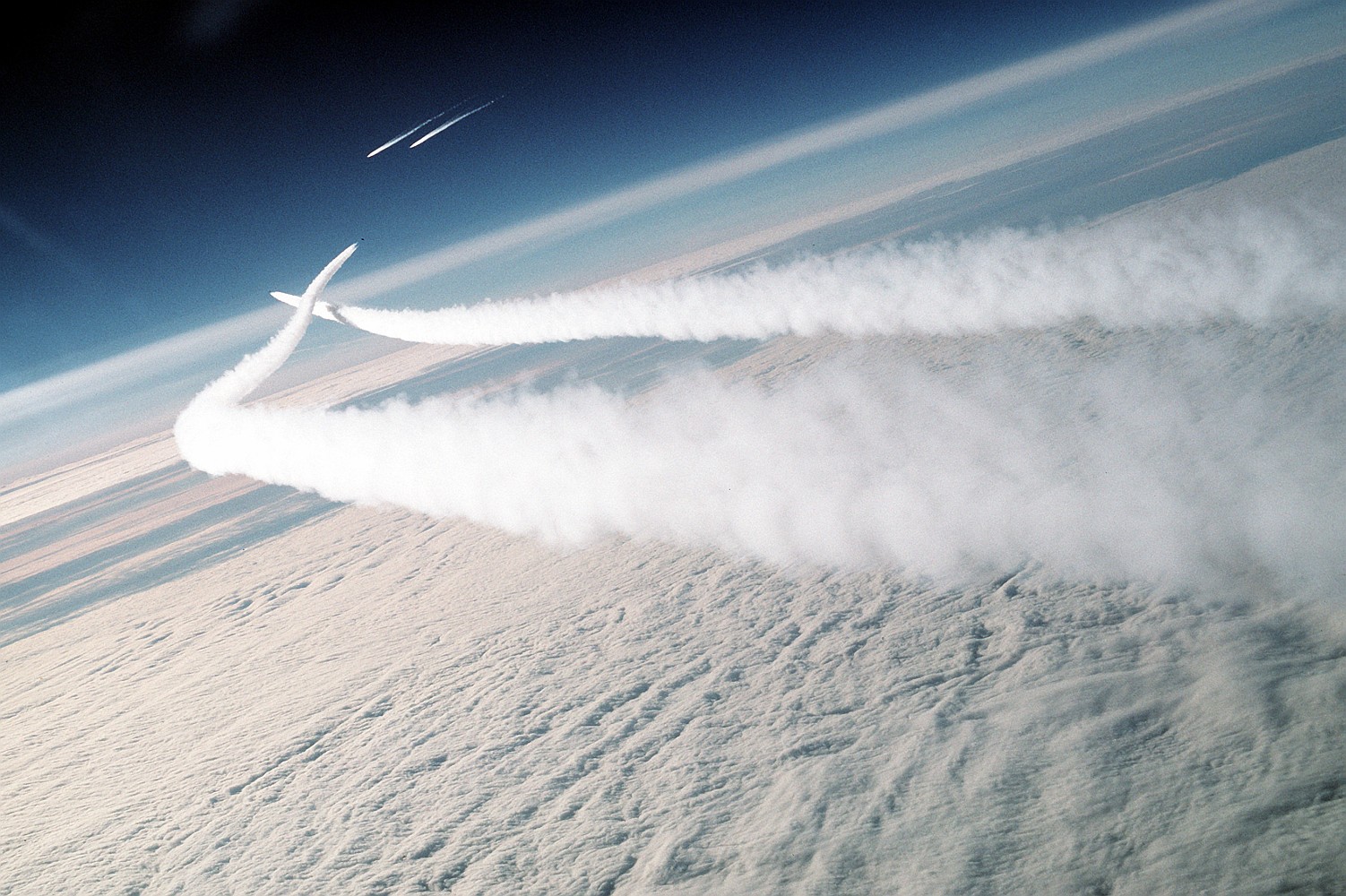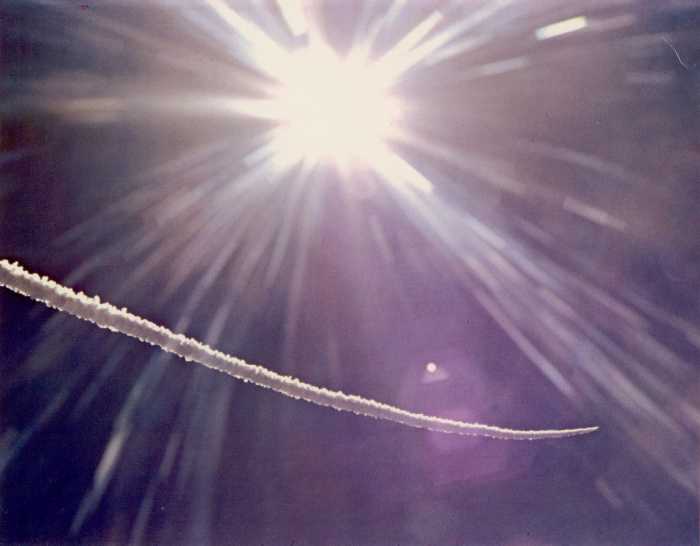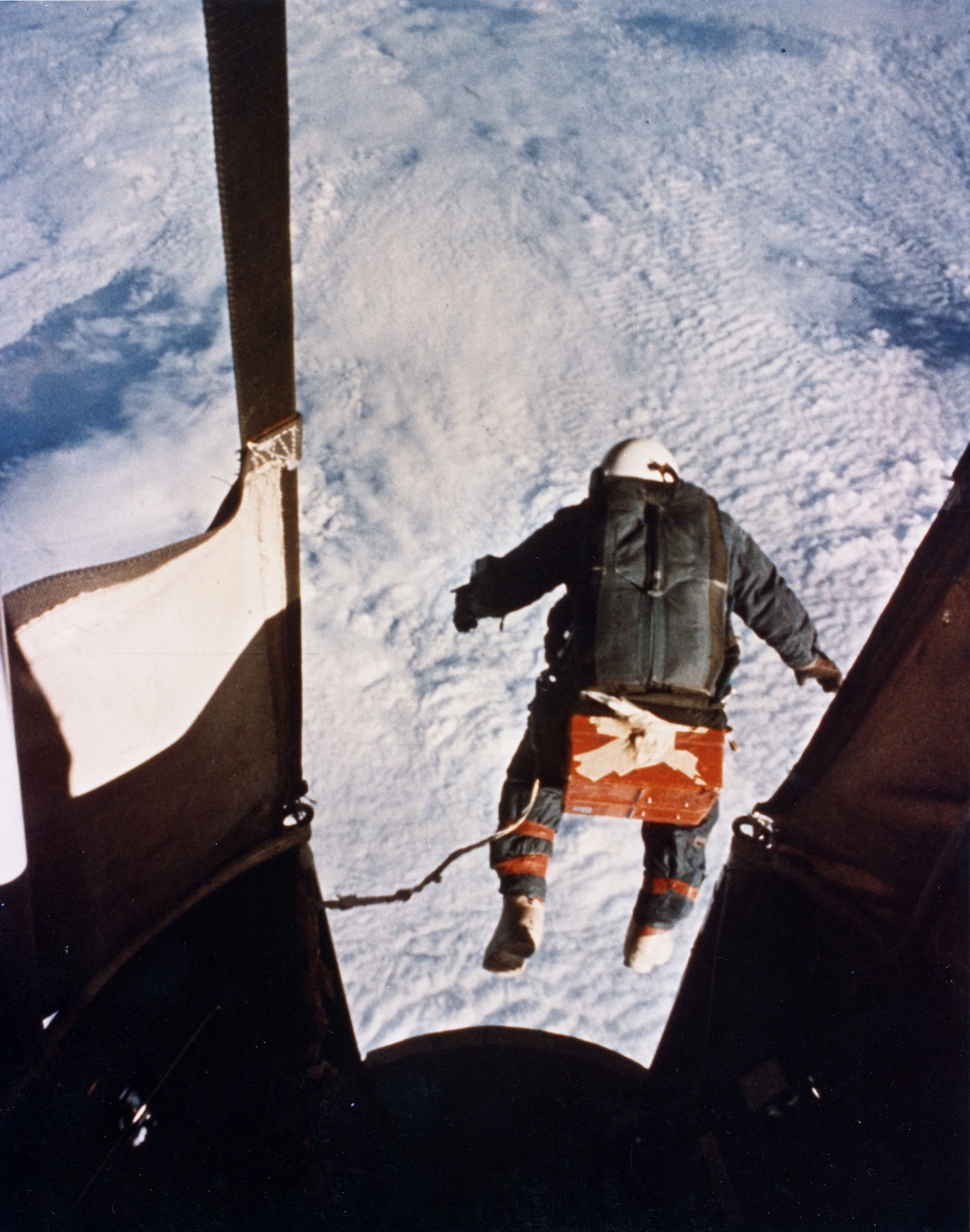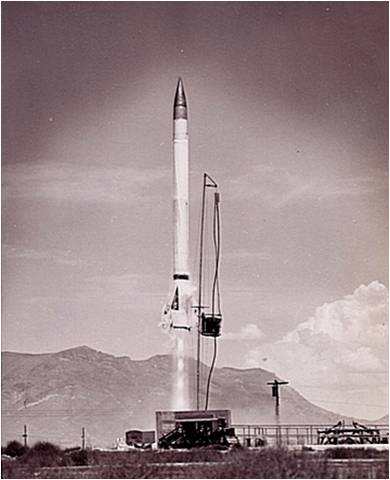
We take pause this week from our regular aerospace retrospective and consider a topic of a different nature. Such a change-of-pace seems quite natural as summer wanes and legions of new and returning education seekers troop through the portals of our country’s universities. However, rather than focus on the matriculating crowd, we will set our sights on those who have completed their formal education and are now members of the American aerospace workforce.
Education does not end with the granting of a diploma or even a collection of diplomas. This is especially the case in today’s aerospace industry which encompasses so many disciplines and technical specialties. And the list grows as new technology emerges. For the successful aerospace engineer, learning and gaining technical knowledge is truly a daunting career-long process.
The majority of one’s technical skills, critical knowledge, and lessons-learned are acquired on the job. However, professional short courses also serve a vital role in one’s career development. A well designed and capably taught aerospace professional short course provides the engineer with critical specialty knowledge and disciplinary technical context in a very short amount of time. And it does so at low cost.
Aerospace professional short courses are most typically taught by subject matter experts (SME’s) who have successfully plied their trade over a career that often spans decades. These SME’s know their specialty area intimately by virtue of this vast experience. Further, they are often passionate about and notable contributors to their technical discipline.
Somewhat fortuitously, the majority of SME’s who teach aerospace professional short courses are often very good technical instructors. They understand what the learner needs to know and how to convey that knowledge. A capable aerospace professional short course instructor also has an uncanny ability to inspire his or her audience to learn and grow. That kind of instruction is infectious and makes it a true pleasure to learn.
While there is certainly more to say concerning the merits of the aerospace professional short course, it seems appropriate to end this session with the following observation. Among the most valuable aspects of the aerospace professional short course are (1) the review and understanding of key aerospace historical events and (2) the transmittal of hard-won engineering lessons-learned.
In the fast-paced, competitive, high-stakes and cost-conscious aerospace market of the 21st century, the victory will most often go to those who learn from and clearly remember the experiences of the past.

Forty-six years ago this month, NASA chief research pilot Joseph A. Walker flew X-15 Ship No. 3 (S/N 56-6672) to an altitude of 354,200 feet. This flight would mark the highest altitude ever achieved by the famed hypersonic research vehicle. The date was Thursday, 22 August 1963.
Carried aloft by NASA’s NB-52A (S/N 52-0003) mothership, Walker’s X-15 was launched over Smith Ranch Dry Lake, Nevada at 17:05:42 UTC. Following drop at around 45,000 feet and Mach 0.82, Walker ignited the X-15’s small, but mighty XLR-99 rocket engine and pulled into a steep vertical climb.
The XLR-99 was run at 100 percent power for 85.8 seconds with burnout occurring around 176,000 feet on the way uphill. Maximum velocity achieved was 3,794 miles per hour which tranlates to Mach 5.58 at the burnout altitude. Following burnout, Walker’s X-15 gained an additional 178,200 feet in altitude as it coasted to apogee.
Joe Walker went over the top at 354,200 feet (67 miles). Although he didn’t have much time for sight-seeing, the Earth’s curvature was strikingly obvious to the pilot as he started downhill from his lofty perch. Walker subsequently endured a hefty 5-g’s of eyeballs-in normal acceleration during the backside dive pull-out. The aircraft was brought to a wings-level attitude at 70,000 feet. Shortly after, Walker greased the landing on Rogers Dry Lake at Edwards Air Force Base, California.
The X-15 maximum altitude flight lasted 11 minutes and 8 seconds from drop to nose wheel stop. In that time, Walker and X-15 Ship 3 covered 305 miles in ground range. The mission was Ship No. 3’s 22nd flight and the 91st of the X-15 Program.
For Joseph Albert Walker, the 22nd of August 1963 marked his 25th and last flight in an X-15 cockpit. The mission qualified him for Astronaut Wings since he had exceeded the 328,000 foot (100 km) FAI/NASA standard set for such a distinction. Ironically, the historic record indicates that Joe Walker never officially received Astronaut Wings for this flight in which the X-15 design altitude was exceeded by over 100,000 feet.

Forty-nine years ago this month, USAF Captain Joseph W. Kittinger, Jr. successfully completed a daring parachute jump from 102,800 feet (19.5 miles). The historic bailout took place on Tuesday, 16 August 1960 over the Tularosa Basin of New Mexico.
Kittinger’s jump was the final mission of the three-jump Project Excelsior flight research effort which focused on manned testing of the Beaupre Multi-Stage Parachute Parachute (BMSP). The system was being developed to provide USAF pilots with a means of survival from an extreme altitude ejection.
Transport to jump altitude was via a 3-million cubic foot helium balloon. Kittinger rode in an open gondola. He was protected from the harsh environment by an MC-3 partial pressure suit as well as an assortment of heavy cold-weather clothing. Kittinger and his jump wardrobe and flight gear weighed a total of 313 pounds
The Excelsior III mission was launched just north of Alamogordo, New Mexico at 11:29 UTC. Ninety-three minutes later, Kittinger’s fragile balloon reached float altitude. At 13:12 UTC, Kittinger stepped out of the gondola and into space. As he did so, he said: “Lord, take care of me now!”
The historic record shows that Joe Kittinger experienced a free-fall that lasted 4 minutes and 36 seconds. During this time, he fell 85,300 feet (16.2 miles). Incredibly, Kittinger reached a maximum free-fall velocity of 614 miles per hour (Mach 0.92) passing through 90,000 feet.
The BMSP worked as advertised. Kittinger entered the cloud deck obscuring his Tularosa Basin landing point at 21,000 feet. Main parachute deployment occurred at 17,500 feet. Total elapsed time from bailout to touchdown was 13 minutes and 45 seconds.
While Joe Kittinger and the Excelsior team focused on flight testing technology critical to the survival of fellow aviators, a byproduct of their efforts were aviation records that stand to this very day. Those achievements include: highest parachute jump (102,800 feet), longest free-fall duration (4 minutes 36 seconds), and longest free-fall distance (85,300 feet).

Forty-three years ago today, the Lunar Orbiter 1 spacecraft began its 92 hour trip to the Moon. Lunar Orbiter 1 rode into space aboard an Atlas-Agena D launch vehicle which lifted-off from Pad 13 at Cape Canaveral, Florida. Lift-off time was 19:26 UTC on Wednesday, 10 August 2009.
Lunar Orbiter 1 was the first of five moon mapping missions launched over a period of 12 months as part of the Lunar Orbiter Program. The primary purpose of this program was to thoroughly map the surface of Earth’s nearest neighbor in space preparatory to the historic Apollo lunar landings.
At 15:34 UTC on Sunday, 14 August 1966, Lunar Orbiter 1 was inserted into a highly elliptical lunar orbit that measured 117.5 miles by 1,160 miles. Orbital plane inclination and period of the 850-pound spacecraft was 12.2-deg and 208-minutes, respectively. By Friday, 26 August 1966, the Lunar Orbiter 1 perilune had been lowered to just 25.2-miles.
Lunar Orbiter 1 took photographs of the lunar surface between 18 August and 29 August. Onboard film processing was completed by 30 August and transmission to Earth of 211 high and medium resolution photographs was completed at 20:02 UTC on Wednesday, 14 September 1966. This event, which occurred on Mission Day 35, marked the completion of the photographic portion of the spacecraft’s mission.
Lunar Orbiter 1 imaged nearly 2 million square miles of the Moon’s surface to a resolution of 200 feet or better. This was 10 times better than that obtained from earth-based cameras. Lunar Orbiter 1 also provided the first views of earth as seen from the Moon.
Lunar Orbiter 1 would continue to orbit the Moon for another 45 days. As it did so, the spacecraft provided a wealth of micrometeoroid, gravitational, and radiation measurements that helped lunar scientists better understand the complex lunar environment.
The Lunar Orbiter 1 mission ended on Saturday, 29 October 1966 (Mission Day 80) during its 577th lunar orbit. This intentional action was necessary to make way for the next Lunar Orbiter mission in November. The impact site is located at 6.35-deg N and 160.72-deg E on the far side of the Moon.

Fifty-eight years ago this week, a United States Navy Viking rocket soared to an altitude of 136 miles. In doing so, it eclipsed the previous single stage altitude record of 114 miles set by a captured German V-2 rocket on Tuesday, 17 December 1946. The mission was part of the Navy’s 12-flight Viking Rocket flight test series conducted between May 1949 and February 1955.
At 1659 UTC on Tuesday, 07 August 1951, Viking No. 7 was fired from LC-33 at White Sands Proving Ground (WSPG), New Mexico. Burnout velocity was 5,865 feet per second following a rocket motor burn time of 72 seconds. Viking No. 7 weighed 10,730 pounds at lift-off (roughly 8,000 pounds of which were propellants) and carried a scientific payload of 394 pounds.
Viking No. 7 was the last of the early Viking rocket configurations which measured 49-feet in length and had a diameter of 32-inches. Starting with Viking No. 8, the rocket’s airframe was modified to carry more propellants for greater altitude performance and measured 42-feet (length) by 45-inches (diameter). This modification allowed Viking No. 11, flown from WSPG on Monday, 24 May 1954, to capture the all-time Viking altitude record of 158 miles.
Although almost forgotten today, the Viking Rocket Program played a vital role in the history of American rocketry. Viking was the first large, liquid-fueled rocket developed by the United States. It’s rocket motor generated 21,000 pounds of lift-off thrust and employed an innovative two-axis gimbal system for pitch and yaw control. Fin-mounted reaction jets provided roll control.
The Viking Rocket Program provided a tremendous amount of scientific data about Earth’s atmospheric properties such as pressure, temperature, density, winds, and composition. Additionally, Viking formed the technological basis for a number of 1950’s rocket systems including the Navy’s Vanguard satellite launcher and the USAF Titan ICBM.






